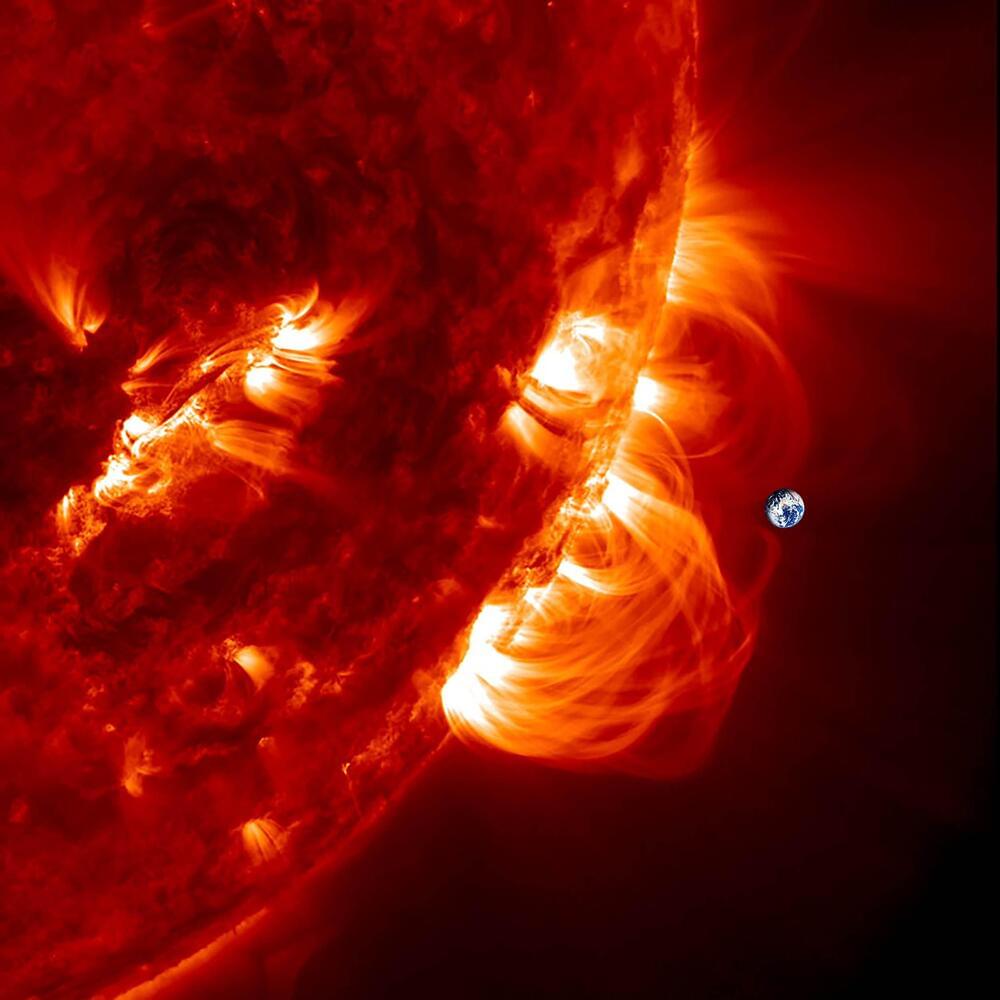An automated system could potentially monitor real-time images of coronal loop brightness shifts from the Solar Dynamics Observatory, thus enabling scientists to issue timely alerts.
“We could build on this and come up with a well-tested and, ideally, simpler indicator ready for the leap from research to operations,” said Vadim Uritsky, an expert in space physics at NASA’s Goddard Space Flight Center (GSFC) and Catholic University in Washington D.C.
The discovery of flickering coronal loops as a precursor to solar flares opens up transformative possibilities in both research and technology.
